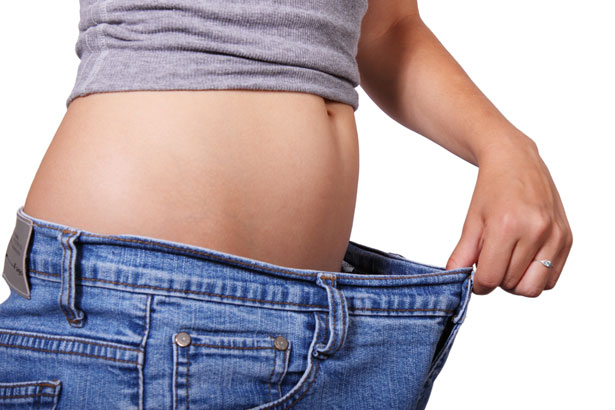High Intensity Interval Training (HIIT) is an increasingly popular way of exercising for aerobic fitness and general health. This rise is for good reason; HIIT has been shown to have a myriad of health benefits, is very time effective and can break up the monotony of continuous, steady state exercise. Let’s have a look at HIIT in closer detail and see how it stacks up compared to steady state exercise.
What is HIIT?
HIIT refers to short bouts of high intensity exercise (90 per cent VO2 max or higher) with periods of rest in between. For example, instead of going for a continuous 5km run, someone may run at a faster speed for 500 metres and then run at a recovery pace for the next 500m. They would repeat this until they reached 5km in total distance. The periods of rest can be active or passive. Active recovery involves continuing exercising, just at a lower intensity – i.e. slow running or jogging – whilst passive recovery involves walking or completely stopping altogether.
Benefits of HIIT
As alluded to earlier, HIIT can benefit the body in numerous ways. These include:
- Improvements in VO2 max
- Improvements in heart and blood vessel health
- Improvements in some diabetes markers
- Improvements in blood pressure
Also, and perhaps most importantly, it is an extremely time efficient and effective way of exercising when compared to longer, continuous steady state training.
How does it compare to steady state training?
Aerobic Fitness Adaptations
The jury is still out when it comes to this question. Most research shows that HIIT will promote at least as much, if not more, of an improvement in aerobic fitness when compared to longer, less intense steady state exercise. However, a lot of these studies have been completed in an athletic population, so we must be cautious when prescribing HIIT to the general population. The general consensus is that a person should have a decent aerobic fitness base and then start to implement some form of HIIT as their body allows. For the athletic population, it is thought that as their season progresses, there should be a shift from lower intensity, continuous training to a more HIIT emphasis.
Weight Loss
HIIT has been shown to be superior for weight loss when compared to steady state exercise. Despite expending less energy during a given HIIT session when compared to a steady state session, the amount of energy burned after a HIIT is much more than in a steady state session. Overall you burn more energy. Furthermore, the changes in hormonal status caused by HIIT leads to more burning of fat as energy and promotes the preservation and formation of lean muscle mass.
Example Drills and Programs
The beauty of HIIT is that you can be quite creative with your training plans. Here are a few ideas for some HIIT drills:
Soccer/Football
Out and Back Run: Put two cones 20-30 metres apart. Run up and back at 90-100 per cent of your maximum, then jog the next up and back. Repeat this for four – five minutes.
Long Distance Running
1km on, 1km off: After warming up, run 1km at your threshold pace then run the next 1km at 70 per cent threshold. Repeat this until you reach your desired distance.
Cycling
Ergo Sessions: Ergo sessions on the bike are great as you are not interrupted by traffic and are in a much safer place to do an all-out effort. Try doing 1 minute at your threshold heat rate/wattage then 1 minute at 60-70 per cent of your threshold heart rate/wattage. Repeat this for at least 10 minutes.
There is some good research to support the benefits of HIIT for general health, weight loss and aerobic fitness. It is also a viable alternative, and in some cases, a replacement for lower intensity, steady state exercise. As always, before starting a new exercise program, especially one involving HIIT, first consult your health professional and introduce it slowly as to help avoid injury and burnout.
About the Author:
Dr. Nicholas Tripodi is a Co-director and Osteopath at the Competitive Sports Clinic located in the Essendon District. Nicholas has particular interests in sports injuries, exercise rehabilitation and running and cycling analysis.


